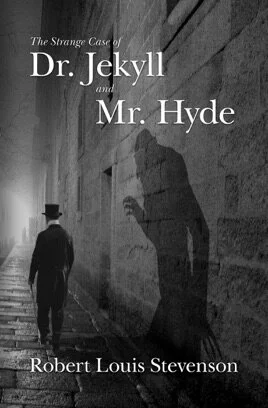The Handmaid’s Tale
Let’s take a second to talk about Margaret Atwood. I recently fell into literary-love with Nora Ephron; I stand by Nora’s brilliance, but I’m going to push for polyamory. Margaret is a prolific, talented author whose social and political activism informs her work. The Handmaid’s Tale is no exception.
Since the adaption of the book to television (highly recommend, especially season one, episode five), most people know the gist: a dystopian America in which fertility rates are alarmingly low. A religiously dogmatic faction takes over the government, cherry-picking biblical verses to justify a new society that subjugates everyone, particularly women. The protagonist, Offred (played by Elisabeth Moss), is one of few fertile women; as such, she is farmed out to households of powerful men who rape her under the guise of God and necessity. The show closely mirrors the novel and Atwood is involved as a producer. She also makes a cameo!
The most interesting part of the novel, for me, wasn’t necessarily learning the rules of the horrific new society and the unfolding drama as characters rubbed against those new rules. Instead, I was fascinated with the diary-like insight readers get from Offred’s perspective. She’s the first to admit that she’s an unreliable narrator (a trope that never gets old) and we’re at her side as she struggles to make sense of her new world. She vacillates on the best method of maintaining sanity—should she accept her current circumstances in order to cope or should she distance herself and hang on to the past with the hope of returning? We see her try and convince herself of different versions of reality to get through the day.
By giving us the gift of Offred’s raw humanity, Atwood seamlessly integrates unnerving parallels to today’s world—even though she published it in 1986! Atwood acknowledges the relatability of her writing in her February 2017 Introduction, available in my version of the book. When asked how to categorize her book, she says, “Let’s say it’s an anti-prediction: if this future can be described in detail, maybe it won’t happen. But such wishful thinking cannot be depended on either” (Atwood, xviii). Her work implicitly warns against present evils much like other trademark dystopian novels, such as Fahrenheit 451, Brave New World, and 1984, but her distinctly female perspective helps clarify how patriarchal values can take a sinister form in these imagined, dehumanizing worlds.
Two months ago, I attended a Think Olio class—Margaret Atwood and the Rise of the American ‘Alt-Right’: The Prophetic Punch of The Handmaid’s Tale. New Yorkers, I highly recommend Think Olio, which provides reasonably priced classes on interesting subjects hosted by talented professors at cool venues. What’s not to love? The Atwood class discussed parallels between Trump’s response to the deadly neo-Nazi march in Charlottesville and the government’s role in ushering the ideology central to Atwood’s dystopian classic. Atwood created a novel that’s both eerily entertaining and chillingly relevant. The Handmaid’s Tale should be required reading, and it earns 5 out of 5 flames.
If you enjoyed this review, please consider purchasing this book from my Amazon Associates link: https://amzn.to/30FiVFm. The commissions I receive from your purchase help pay for the costs of running this website. Thanks for your support!


